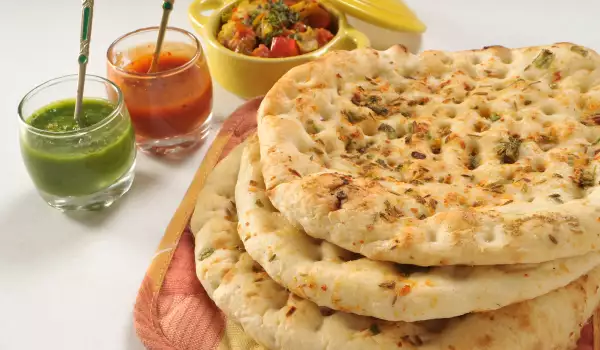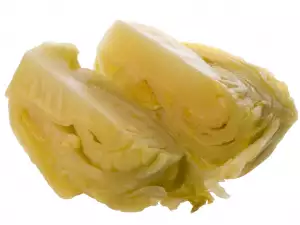Preparing flatbread pitas is one of the oldest occupations in the world. Bread itself is considered one of the oldest products in human history. The first accounts on how to make it goes back to the late Neolithic Age. Most likely, the first flatbreads were in the form of a baked grain mush, made from groats and water.
In ancient Egypt, pitas were prepared in people's homes. Bakeries existed only in the courtyard of the pharaoh and his senior dignitaries, and only slaves worked to make them. Only in the heyday of the Roman Empire did bread making become a public craft. The first public bakeries appeared during that period, that fed the population.
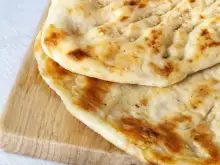
In medieval Europe, flatbread becomes a main coarse, even being used as a plate. Only in the 15th century did they begin to produce wooden plates and bread plates became obsolete. Some cultures, however, continued to serve food with flatbread instead of utensils and crockery.
Flatbread is an integral part of Indian cuisine. There are no universal rules for what dish is appropriate to combine it with. It should be eaten immediately after being prepared and not stored. It is believed that if the bread sits for more than eight hours, it becomes harmful.
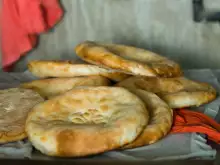
Indians prepare their flatbread mainly from wheat, but also rice, tapioca, chickpeas, corn, millet, etc... Indian bread has no religious or ritualistic value, it is a day-to-day necessity. Every region and every household safeguards and passes on their own unique recipes.
In India, slices of bread are used as a utensil, for scooping up ingredients from stews or meat chunks.
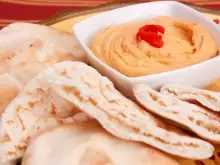
In North India, chapati rolls are made from whole wheat flour without yeast, water, a little salt and ghee (clarified butter) spreads. The resulting dough should be soft, so that it can be rolled out immediately after kneading.
There is an option, where it is left covered with a cloth or other cover for half an hour. They form balls of equal size, which are rolled out into flatbread with a diameter of 4 inches and a thickness of less than an inch. They are cooked in a heated pan without oil for about 10 to 30 seconds.
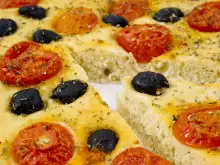
If you prefer to make Indian bread with oil, you should know that it is best to smear the side of the bread that is facing up, and has yet to be baked. The pleasant brown spots are obtained by using a spoon to press down on the doughy circles while baking.
Farina is a popular Italian flatbread from chickpeas and is especially popular along the coast between Nice and Pisa. Crispy, thin as a pancake and remarkably easy to prepare, it smells of olive oil, rosemary and chickpeas.
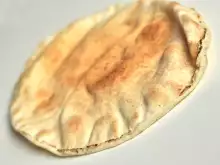
This bread is most delicious when freshly baked, sprinkled with black pepper and sea salt and generously topped with mozzarella, goat cheese or white brined feta cheese sprinkled with an extra dose of olive oil and cayenne pepper, a bit of olives. Serve it as an addition to any salad.
Armenian Matnakash bread is also popular. Its name means "finger draw". It is characterized by an interesting shape and golden-brown color, which comes from the anointing it with sweetened tea.
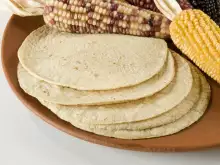
The tortilla in Mexico is the most important side dish to absolutely everything and is a basic ingredient in many recipes. This Mexican bread is easily made and is incredibly tasty.
Tortilla bread
You will need:
4/5 cup white flour, 4/5 cup corn flour, 1 teaspoon salt, 3 tablespoons cow butter and 3/4 cup water.
Method of preparation:
Sift the corn and white flour with salt and add the melted butter. Stir the mixture until you get crumbs. Little by little, begin to pour in the water until you get a smooth mixture. Divide it in parts and roll out tortillas with a diameter of about 4.7″ (12 cm).
Heat a pan, but do not put oil in. Bake the tortillas for 3 minutes on one side and 2 minutes on the other side.
